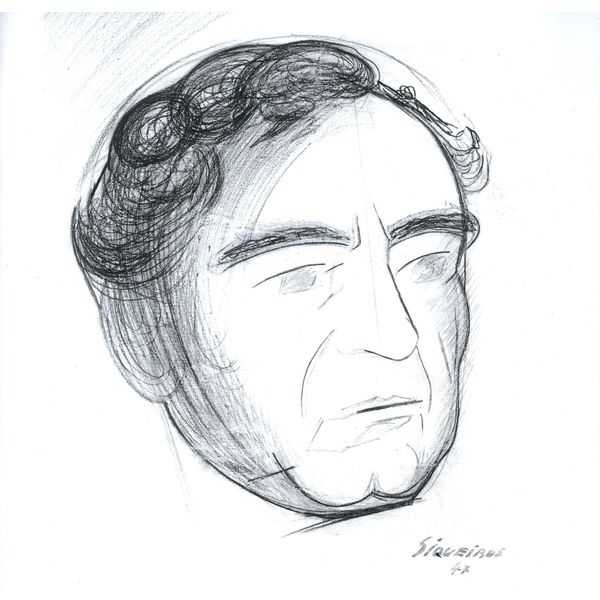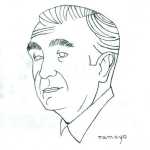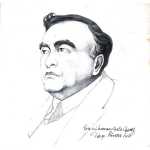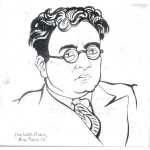
Composer: Carlos Chávez
Performer: Ming Tsu, Lorenz Gamma, Peter Jacobson, John Schneider, Southwest Chamber Music
Number of Discs: 2
Format: FLAC (tracks)
Label: Cambria
Catalogue: CAMCD-8853
Release: 2006
Size: 821 MB
Recovery: +3%
Scan: cover
CD 01
String Quartet No. 1
01. I. Allegro
02. II. Adagio
03. III. Vivo
04. IV. Sostenuto
String Quartet No. 2
05. I. Allegro moderato
06. II. Scherzo
07. III. Largo, liberamente
08. IV. Moderato
String Quartet No. 3
09. I. Allegro
10. II. Lento
11. III. Allegro
Piano Sonatina
12. I. Moderato
13. II. Andantino
14. III. Allegretto
15. IV. Lento
Violin Sonatina
16. I. Largo
17. II. Scherzo
18. III. Adagio
19. IV. Largo
Cello Sonatina
20. I. Moderato
21. II. Vivo
22. III. Tranquillo
23. IV. Moderato
CD 02
Sextet
01. I. Lento
02. II. Allegro con brio
03. III. Andante
04. IV. Presto scherzando
05. V. Allegretto
3 Pieces
06. No. 1. Largo
07. No. 2. Tranquillo
08. No. 3. Un poco mosso
3 Spirals
09. No. 1. Vivo
10. No. 2. Tranquillo
11. No. 3. Un poco mosso
12. Fuga HAGC
Variations
13. I. quarter note = 48
14. II. quarter note = 52
15. III. dotted quarter note = 126
16. IV. quarter note = 69
17. V. quarter note = 48
18. VI. dotted half note = 50
19. VII. quarter note = 100
20. VIII. quarter note = 84
21. IX. quarter note = 48
22. X. quarter note = 100
23. XI. quarter note = 112
24. Feuille d’album
Trio for Flute, Violin and Harp
25. I. The Snow is Dancing (Debussy)
26. II. Asturiana (de Falla)
27. III. Polo (de Falla)
28. IV. Golliwogg’s Cakewalk (Debussy)
Carlos Chávez: Complete Chamber Music, Vol. 4, brings to a close Southwest Chamber Music’s outstanding series of Cambria recordings. This series has brought a lot of attention to Chávez’s unjustly neglected chamber music, with two of the volumes earning Grammy awards in the process. Outside of the String Quartet No. 3, the Three Spirals for violin and piano, and the Trio for flute, viola, and harp, all of the works herein come from opposite ends of Chávez’s historical spectrum, taken from his early and late periods. Of the three string quartets, the String Quartet No. 3, which relates to Chávez’s work for Martha Graham, is easily the finest — the outer movements percolate with insistent motor rhythms and the central Lento movement is one of the most moving and deeply felt moments in Chávez. However, one should not neglect the String Quartet No. 1, a rough-hewn work from 1921 that incorporates Indian folk material tempered with a generous amount of idealism — it is a diamond in the rough. The String Quartet No. 2 is likewise interesting for its odd combination of instruments — violin, viola, cello, and double bass. The little Fuga H-A-G-C is a brief answer piece written in that same combination in the 1960s in a surprisingly straightforward, conventional idiom.
The earliest work on Carlos Chávez: Complete Chamber Music, Vol. 4, is the Sextet for piano and strings of 1919, which annotator/producer Jeff von der Schmidt describes as a “Mexican Verklärte Nacht.” It seems partly romantic and partly impressionist; however, the Sextet incorporates some of the aura of the salon and lacks the clear dramatic trajectory of Schoenberg’s post-romantic masterwork. It makes for an interesting contrast with Chávez’s colleague Julian Carrillo’s Dvorákian String Sextet of 1900, likewise steeped in European tradition but remaining Mexican at its core.
The Sonatina for piano likewise brings some of Carrillo’s pre-microtonal piano music to mind; it belongs in this set as it connects to two other sonatinas submitted as a set for performance at a Copland/Sessions concert of 1928. The Sonatina for violin and piano is a vibrant, mechanistic piece reminiscent of George Antheil’s Paris-period works, as are the outer movements of the Three Spirals, whereas the Sonatina for cello and piano is more enigmatic, even ghostly — rather like the second of the Three Spirals. The Variations for violin and piano of 1969 is an accomplished and ebulliently rhythmic serial-styled piece, yet it is the only work that appears to wear out its welcome. Similar techniques are used to create the guitar solo Feuille d’Album of 1974, but by comparison, one wishes it were longer. This and the corresponding Three Pieces for guitar (1923) are played expertly by guitarist John Schneider.
It is easy to see why these oddly matched compositions of Chávez were placed at the end of the series; it is not that they are inferior, but that they tend to fall outside of the rest of the Chávez’s chamber corpus by virtue of their specialized nature. Nevertheless, this little-known, occasional Chávez demonstrates that he was stylistically on the cutting edge in most of the eras in which he composed, and that his work has both a sense of progression and continuity. As with the other three volumes, the quality of these Southwest Chamber Music performances is first-rate, the recording no less so, and this ends a terrific, revelatory series on a positive note in keeping with what went before.



